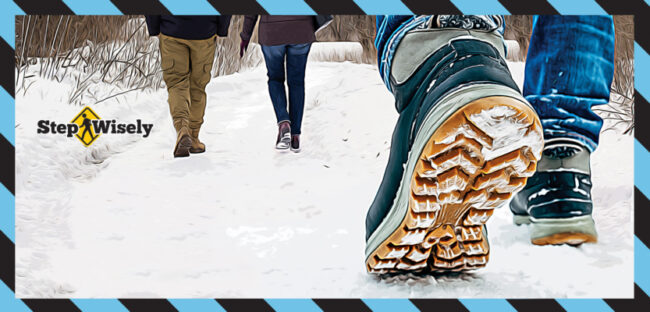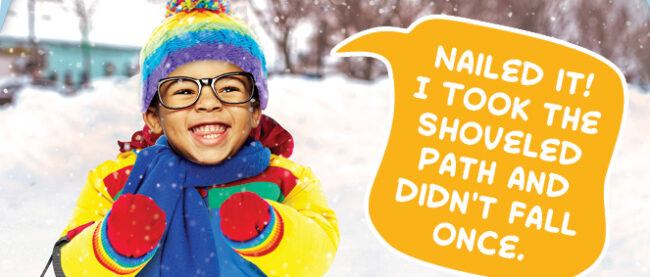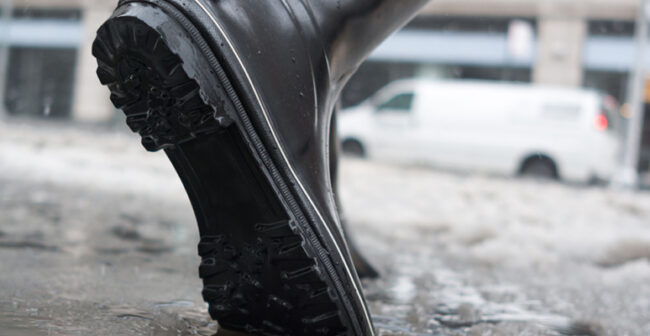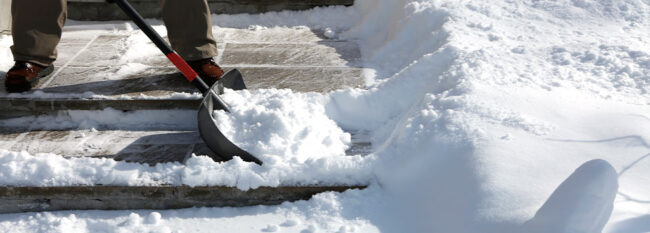Article
Winter Slip and Fall Prevention
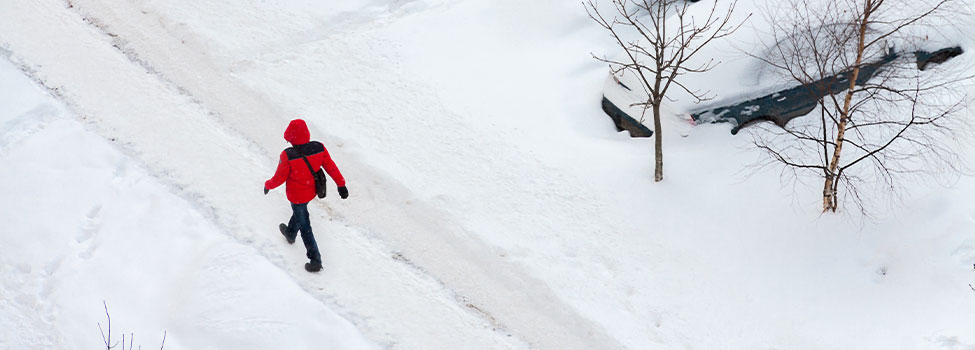
Slip and fall incidents can happen on walking surfaces in any season, but are more frequent in the winter due to ongoing icy and wet conditions. In the past several years, injuries due to slip and fall incidents are in the top five of the most frequently reported workers’ compensation claims for MCIT member employees. Visitors to a member’s premises could also slip and fall on the same hazards as employees. Slip and fall injuries can range from simple bruises to broken bones, dislocated joints, and severe head and back injuries.
MCIT claim statistics show that slips and falls occur most frequently in the following locations:
- Building entries
- Sidewalks and parking lots
- Loading docks and platforms
- Areas where floor levels change
- Food prep and service areas
- Lunch rooms and break areas
- Repair shops and equipment rooms
- By vehicle doors when entering or exiting
Establish a Slip and Fall Incident Prevention Program
Slip and fall injuries can be prevented by implementing a slip and fall prevention program. Such a program provides a definite and responsible prevention plan that will protect employees and the public, as well as provide a defense against claims of negligence.
A slip and fall prevention program should provide for:
- Maintaining proper housekeeping, including removing clutter and excess storage.
- Periodically inspecting hallways, stairs, ramps, parking areas, sidewalks and other walking surfaces for hazards.
- Applying de-ice agents to parking lots and sidewalks before a storm, during and after as needed.
- Controlling drainage from roofs, parking lots and gutters to prevent ice buildup in walkways.
- Placing hazard warning signs temporarily in wet or slippery areas. Signs should be removed promptly when conditions improve so people do not become complacent when approaching such signs.
- Plowing and removing snow promptly.
- Using grated or moisture-absorbing mats at entrances where shoes and boots are cleaned. Stairways and ramps may need additional nonskid materials such as textures or serrations added to their surfaces to add friction. Nonskid paints and coatings can be added to metal and concrete surfaces to improve slip resistance.
- Mopping up frequently around building entryways to clean up melted snow.
- Provide information to employees about nonskid footwear for general use and in icy conditions.
- Correcting any hazards noted during an inspection. This might include posting warning signs or highlighting hazards in sidewalks, parking lots, floors, stairways and ramps until they are repaired.
- Providing proper lighting in corridors, stairways and parking areas.
- Evaluating floor finishes to ensure that they have an adequate coefficient of friction.
- Monitoring floor cleaning techniques to ensure that floors are as nonskid as possible, including using clean, uncontaminated mops and cleaners appropriate for the type of flooring.
Winter Slip and Fall Prevention Tips
Liquid Potassium Acetate De-icer
Parking lots, sidewalks, outside stairs and ramps can be pre-treated with liquid potassium acetate de-icer up to 12 hours prior to a snow storm. Potassium acetate is an effective de-icer to -15 degrees Fahrenheit and is more environmentally friendly than salt, minimizing damage to vegetation and concrete.
Slip Resistance of Floor Finishes
The coefficient of friction is a number that indicates the slip resistance of a surface on a scale from 0 to 1. Readings higher than 0.5 are progressively less slippery and therefore safer. Numbers progressively lower than 0.5 are more slippery and considered unsafe. A higher coefficient of friction should help reduce potential for slips on smooth floor surfaces.
Only floor waxes and finishes labeled with a coefficient of friction of 0.5 or greater should be used. The Americans with Disabilities Act (ADA) recommends a coefficient of friction of 0.6 for floors and 0.8 for ramps.
Chicken Grit on Ice
Chicken grit is a fine, sharp, crushed stone. When stepped on its multiple sharp points dig into the ice providing better traction. Made of quartzite, it is insoluble and should not stain or harm the lawn. Using the No. 2 size grit minimizes tracking, and applying it a bit away from doors will help keep it from being kicked into the threshold where it can prevent doors from closing.
MCIT’s Step Wisely program helps make slip, trip and fall prevention efforts easy for its members. Slip, trip and fall incidents are particularly prevalent during Minnesota winters. Providing your employees and the public information to help them make safer behavior choices could keep your employees from being injured and save your organization significant costs, time and grief related to those injuries.
Topics

